Stewart Ranch Services
Bowie, Texas
Garland Road Building in Garland TX
DESIGN YOUR DREAM
PROPERTY
LAND
ACREAGE
DEVELOPMENT SITE
POND
Garland Road Building: The Process and Equipment Necessary for Construction in Texas
Road construction, evolving from rudimentary mud and brick to advanced machinery, has been a transformative force across the ages. Through the lens of history, we witness the crucial role roads have played in connecting diverse communities. Our exploration now turns to the present, dissecting Garland road-building techniques and the indispensable equipment components necessary for project success in areas like Garland, Texas. Materials such as stone or mud bricks become integral, underscoring the commitment to sustainability in modern construction practices.
Key Takeaways
- Garland Road building has evolved from ancient materials to modern machinery for improved durability and cost-effectiveness.
- Essential steps in road construction include planning, design, land clearing and preparation, specialized equipment use, and sustainable practices.
- The I-10 reconstruction project in El Paso Texas serves as a model of successful road building through proper planning & skilled labor.
Table of Contents
The Evolution of Garland Road Building
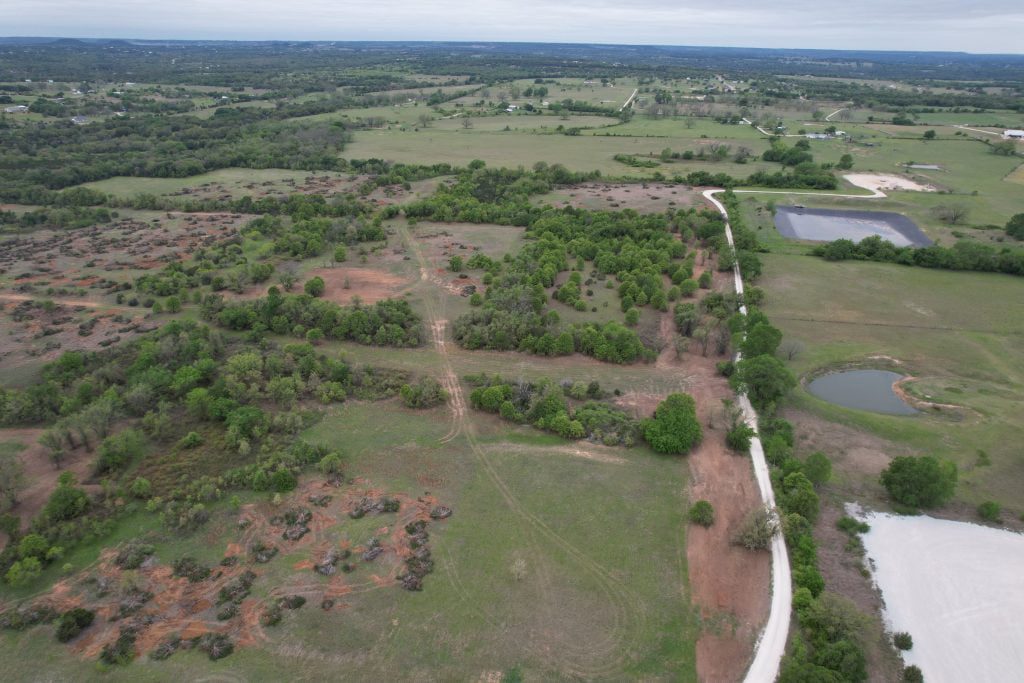
The evolution of constructing roads stands as a crucial chapter in human history, molding the trajectory of societal progress. From primitive materials to contemporary technology, the methods of road construction have undergone remarkable transformations.
Urban streets and rural byways have played pivotal roles in facilitating commerce, prompting the deployment of innovative strategies and resources to cater to the growing need for convenience. In this exploration, we delve into the historical journey from ancient marketplace avenues to the present-day landscape of road building in Garland, Texas.
Ancient Roads
Roads, pivotal for fostering connectivity across regions throughout history, have evolved significantly.
The early roads in Mesopotamia exemplify this evolution, employing mud bricks with bitumen for enhanced durability. These roads featured raised centers, optimizing drainage and ensuring smoother travel. The landscape of road construction underwent a paradigm shift during World War II, focusing on efficient interconnection between urban areas, ranches, and farms through rapid transport systems. This era marked the beginning of a profound transformation for rural roads across the country.
The implementation process extended beyond mere construction to encompass the meticulous maintenance of highways and ancillary features such as farm roads and ranch paths. Crucial considerations during this evolution included the design of effective drainage systems.
Modern Road Construction
The landscape of road building in Garland, TX has undergone a substantial improvement, driven by the integration of advanced components and machinery. Contemporary construction techniques incorporate a diverse array of materials, from soil stabilizers and asphalt to concrete and dry lean concrete. This shift not only leads to cost-effective road maintenance but also enhances the overall durability of the roads.
Asphalt, a crucial component, is composed of 95% aggregate and 5% binder. Similarly, concrete, frequently employed by the Texas Department of Transportation for highways and major asphalt roads, is a blend of water, sand, cement, and aggregates. The decision on the material depends on various factors, including the intended purpose of the roadway, traffic volume, and geographical conditions.
Recent developments have ushered in a new era of swift progress in road construction, utilizing advanced machinery like excavators, compact track loaders, and dump trucks. These technological advancements contribute to heightened precision and efficiency in the construction process.
In addition to excavators and dump trucks, wheel loaders, working in tandem with dump trucks, are commonly used. Furthermore, sophisticated paving equipment plays a crucial role in constructing farm/ranch roads and urban pathways. It is noteworthy that, while Texas has specific requirements with a focus on cost considerations, various regional elements are taken into account.
Garland Road Building - Essential Steps
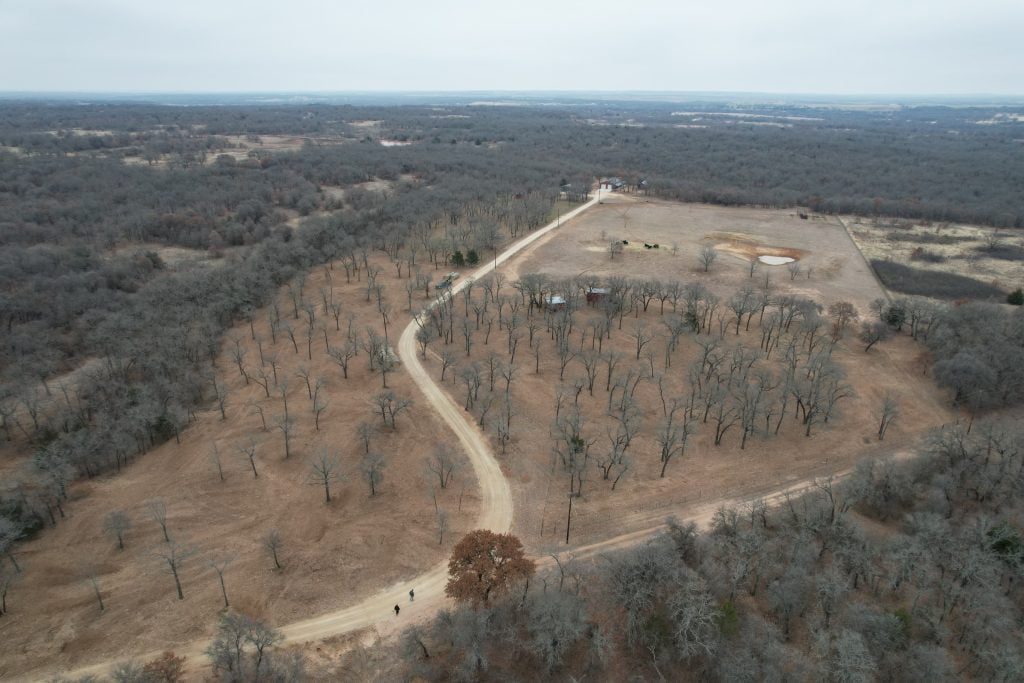
The intricate process of road construction demands careful consideration of various essential phases for a successful outcome. From the initial stages of design conception to execution, encompassing land clearing, earthworks, paving, and quality control, each step plays a pivotal role in ensuring the security and stability of the constructed roads.
Delving deeper into the process, meticulous planning precedes any project, involving detailed land clearing that may include trench digging, tree removal, and soil grading. Planning also involves a comprehensive analysis of costs, scheduling considerations, and logistics, ensuring the availability of the necessary equipment, skilled labor, and reliable subcontractors. Additional measures include the application of asphalt coverings to enhance durability, all under the watchful eye of stringent quality assurance protocols.
In Garland, Texas, and neighboring areas, Stewart Ranch Services stands ready to provide a free quote, marking the starting point for the successful realization of your project.
Planning and Design
The initiation of road building in Garland, Texas requires a strategic planning phase, a crucial step in ensuring project success. During this phase, key elements such as existing and anticipated traffic patterns, comprehensive cost-analysis data, design sketches, and financial prerequisites are meticulously examined. Significantly, the involvement of civil engineers and city planners is vital to kickstart a detailed planning process before entrusting the project to the responsible construction company.
In the realm of road engineering projects, several specific factors necessitate consideration, including the establishment of speed limits based on the anticipated types of vehicles using the roads. Moreover, the process encompasses angle grading, thorough assessments of potential view obstructions, and the determination of necessary braking distances. These considerations collectively aim to uphold safety standards tailored to the local community’s needs, ensuring a smooth driving experience while prioritizing drivers’ comfort.
Land Clearing and Site Preparation
In the realm of road building in Garland, Texas, land clearing and site preparation emerge as pivotal processes. Before any construction can commence, it is essential to clear vegetation, remove trees, and address various materials on the land. Grading and excavation further contribute to creating a level surface, vital for ensuring proper drainage and preventing issues like potholes on completed roads within farms or ranches.
The significance of land clearing extends beyond road construction to encompass various projects, encompassing buildings and other infrastructure. Land clearing involves tasks such as adding or removing rock, dirt, trees, soil, trenching, ground excavation, embankment construction, and filling placement.
Advanced equipment, including farm machinery, mini-excavators, and compact track loaders, streamlines the land-clearing process, offering precision in height measurements during grading. This precision is crucial for shaping road locations efficiently.
Additionally, the installation of culverts is essential to address potential flooding, ensuring uninterrupted productivity. These measures contribute to the establishment of high-quality access routes, linking markets to local farmers’ lands seamlessly.
The utilization of advanced tools forms the basis of an effective foundation-laying system for projects in rural areas, facilitating safe car travel without encountering disruptions caused by rainwater pools or inadequate underlying structures.
The application of paint on pavement and road markings
Ensuring the safety and efficiency of a highway relies on the accurate application of pavement markings that distinctly define directions and lanes.
Tips for pavement and road marking:
Road marking regulations:
Adhering to the specific road marking regulations of each country is vital for those undertaking extensive road marking projects. The ability to paint various lines and symbols in line with these standards is indispensable. Utilizing a multi-gun, multi-color setup, particularly a striper with automatic gun control, streamlines the process of creating precise broken lines.
Curb Marking:
Addressing curb marking challenges is a common hurdle in pavement marking projects. The 90° angle of curbs requires a specialized gun configuration for effective spraying, overcoming this frequent obstacle.
Reflective road marking:
Reflective road marking adds another layer of complexity, requiring a special material with glass microspheres. The application of these microspheres demands specific equipment, such as the Graco Linelazer HP reflective series, featuring a pressurized bead reservoir. This advanced system boasts an adjustable nozzle for precise control over the width of the microsphere dispersion, ensuring heightened accuracy.
Garland Road Building - Farm to Market and Ranch Roads
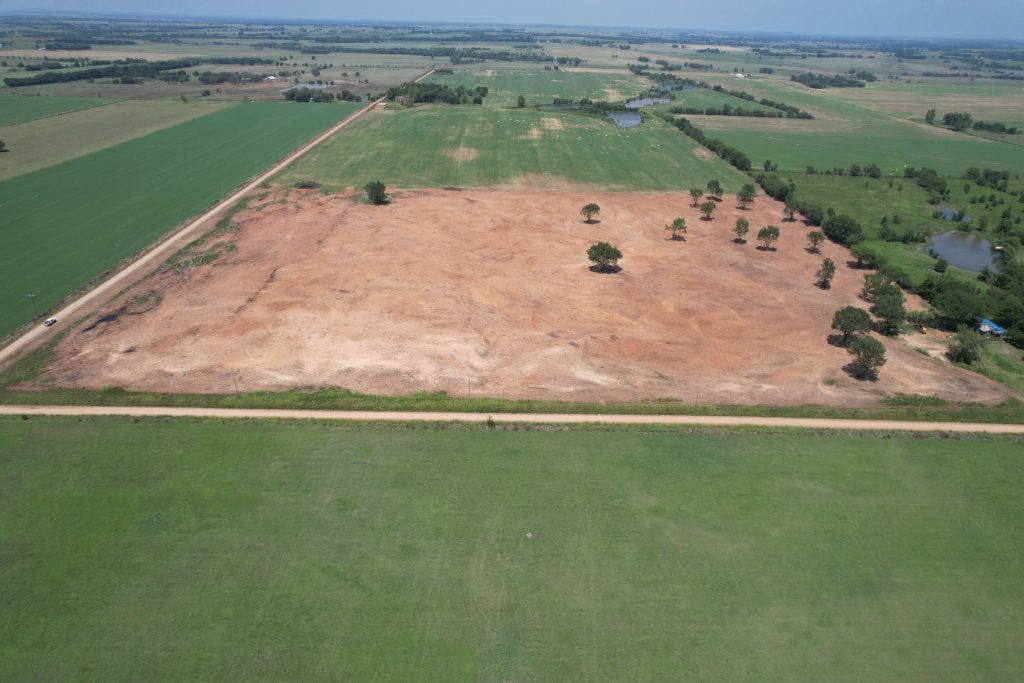
Farm roads serve a distinct purpose, connecting rural and urban areas while enabling the smooth movement of people and goods. However, constructing these roads involves intricate processes aimed at ensuring both safety and durability.
The initial step entails a comprehensive assessment of the terrain to design an optimal route, coupled with securing necessary permits from relevant authorities. Land clearing and soil preparation precede actual construction, laying the foundation for a robust road network.
Grading and paving are critical stages, with the choice between asphalt and concrete determined by project specifications. Incorporating drainage systems, constructing switchbacks, and implementing walls in hilly terrains are crucial aspects of the road-building process. Each step contributes significantly to the creation of secure and functional routes meeting local agricultural needs, including those of ranches.
Regular maintenance inspections are imperative for ongoing functionality, focusing on preserving the road’s good condition. Installing signage and features like gutter curbs plays a vital role in water control, particularly during periods of heavy traffic, preventing potential flooding.
Garland Road Building - Sustainable Practices
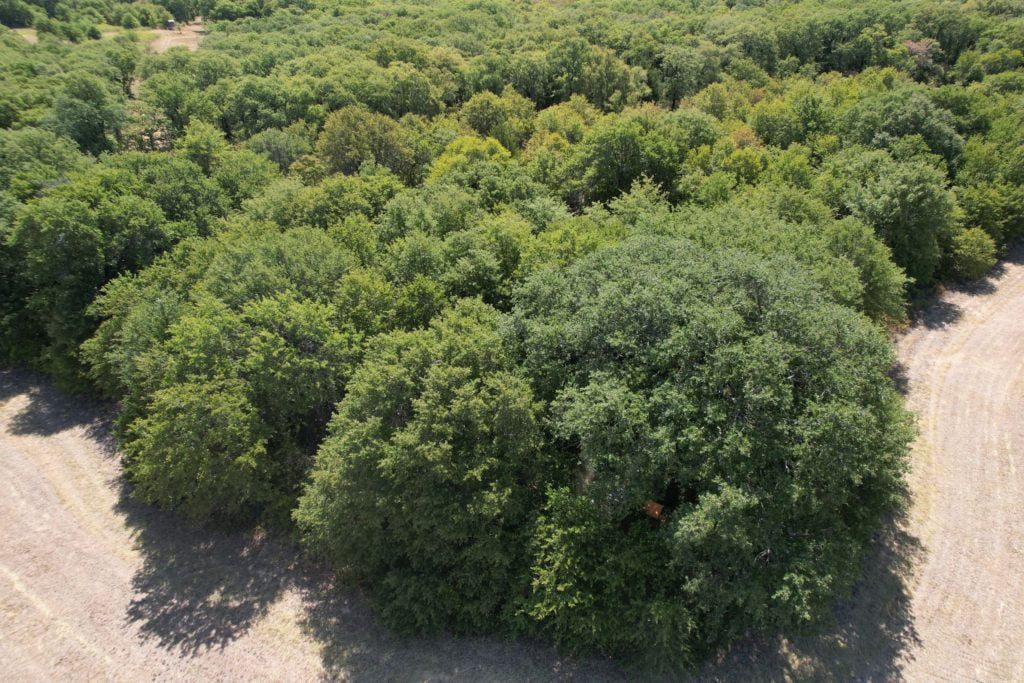
Road building in Garland, Texas involves grappling with environmental considerations, which necessitates a strong focus on sustainable approaches to minimize ecological impact. Prioritizing materials with a reduced environmental footprint that can decompose in an eco-friendly manner is imperative in this context.
Opting for recycled asphalt and concrete, as opposed to new materials, and designing durable products for longevity are effective strategies. These measures not only curtail the volume of materials used but also contribute to significant reductions in maintenance costs. The integration of such practices into the current landscape of road construction lays the groundwork for more environmentally conscious alternatives in the future.
Case Study: Successful Road Construction Project in Texas
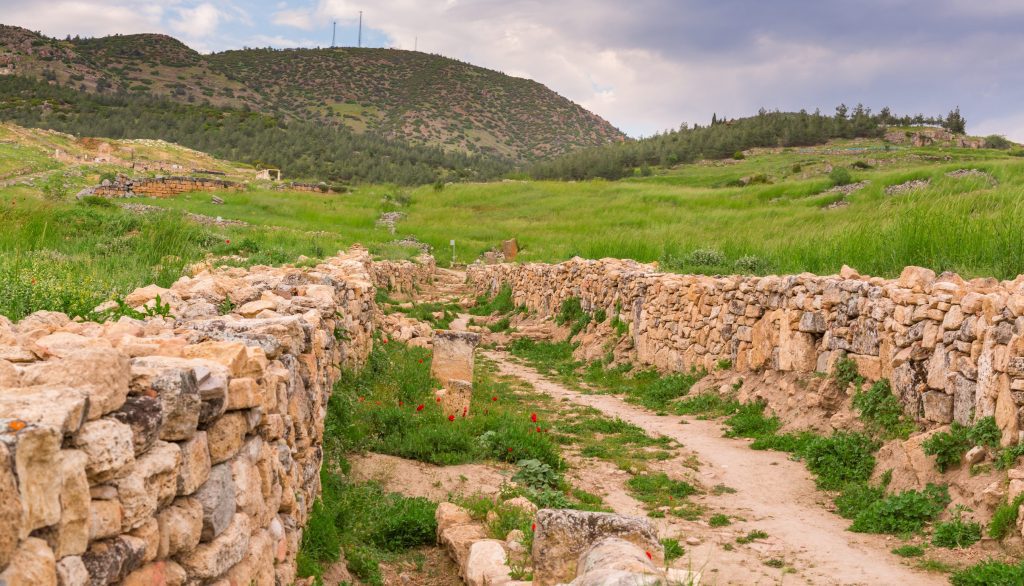
El Paso’s I-10 revitalization and expansion initiative serves as an excellent illustration of effectively managing the road construction process, akin to similar endeavors undertaken in Garland and San Antonio.
Successful execution hinged on meticulous preparation for both budgetary considerations and project timelines. A pivotal element in ensuring triumph was the employment of seasoned personnel, committed to continuous training and unwavering adherence to safety protocols. The inclusion of state-of-the-art machinery played an equally crucial role, ensuring precision and accelerating completion times.
The success of this highway redevelopment underscores the importance of employing cutting-edge methods in roadwork, showcasing rewarding outcomes derived from purposeful planning, skilled labor, and advanced equipment deployment within the concrete landscape of Texas, particularly in the domain of highway construction.
Summary
Road construction has evolved remarkably from the use of mud bricks and stone in ancient civilizations to today’s advanced materials and machinery. Success in any project depends on meticulous planning and comprehensive site preparation.
In Garland, road building has become increasingly crucial in our interconnected world. Prioritizing the construction of safe and durable roads, capable of lasting for generations, involves implementing best practices at every stage, including the careful sourcing of materials such as mud or any other necessary supplies.
Frequently Asked Questions
What is the meaning of road building?
The development of roadways frequently incorporates materials such as asphalt and concrete, sourced from mining locations that transport gravel to different plants for processing. These resources play a crucial role in Garland road-building initiatives.
How do you build a road?
Clearing the land, grading, and subgrade work are fundamental steps in successful Garland road-building.
- Subgrade: Removing existing grass and topsoil during subgrade work ensures a strong foundation.
- Material types: The use of materials such as road base, crushed concrete, screened gravel, and asphalt millings enhances the durability of the road.
Entrust your Garland Road Building project to Stewart Ranch Services for a hassle-free experience. We handle everything from land preparation to the final surface course, ensuring a robust and enduring road infrastructure.
